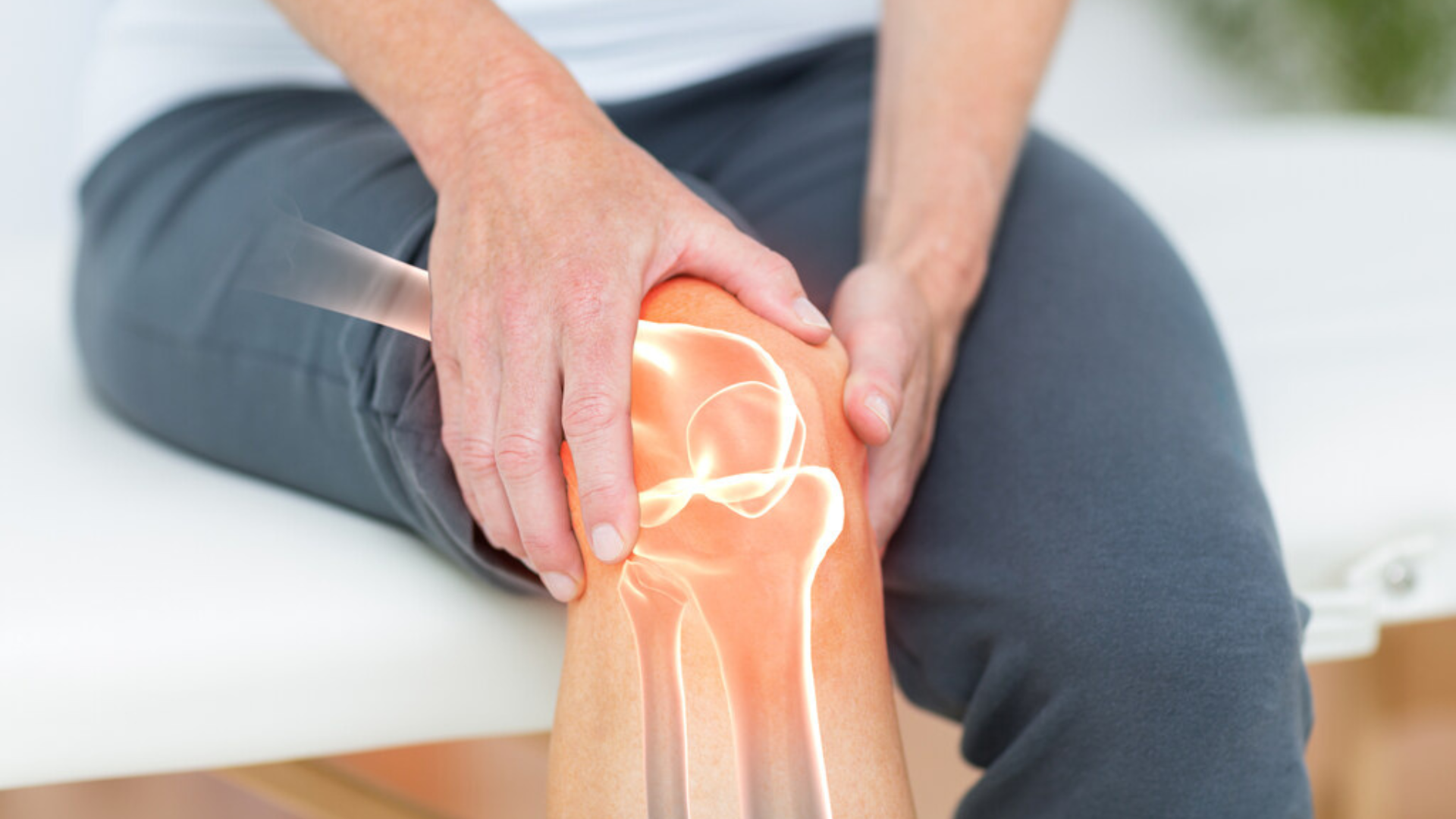Ankylosing spondylitis (AS) is a chronic inflammatory disease that primarily affects the spine. It can cause persistent pain, stiffness, and, in more advanced cases, fusion of the vertebrae—compromising spinal mobility. Although relatively rare, it is one of the leading causes of inflammatory low back pain in young people, especially men.
In this article, we’ll explore what ankylosing spondylitis is, how it manifests, its risk factors, and available treatment options.
What Is Ankylosing Spondylitis?
Ankylosing spondylitis (AS) is a form of inflammatory arthritis that mainly affects the joints of the spine and pelvis, especially the sacroiliac joints. Over time, continuous inflammation can lead to ankylosis—a fusion of the spinal bones—resulting in reduced flexibility and a hunched posture.
Although it most commonly affects the spine, AS can also involve other joints such as the hips, shoulders, and knees. It may also cause symptoms in other organs, like the eyes (uveitis) and intestines.
Symptoms of Ankylosing Spondylitis
Symptoms usually begin between late adolescence and the age of 40, progressing slowly over time. The main symptoms include:
Persistent low back pain that improves with physical activity and worsens with rest
Morning stiffness in the spine, especially upon waking
Pain in the buttocks or back of the thighs (a sign of sacroiliac joint inflammation)
Constant fatigue
Pain and stiffness in other joints, such as shoulders, knees, or ankles
Eye inflammation (uveitis), which can cause pain, redness, and light sensitivity
Hunched posture over time (in advanced cases)
What Are the Causes and Risk Factors?
The exact cause of ankylosing spondylitis is still not fully understood, but it is known to have a strong genetic component. The main risk factor is the presence of the HLA-B27 gene, found in over 85% of people with the disease.
Other risk factors include:
Family history of AS
Male sex (the disease is more common and more severe in men)
Early onset (usually before age 30)
It’s important to note that not everyone with the HLA-B27 gene will develop the disease, suggesting that other immune and environmental factors also play a role.
How Is Ankylosing Spondylitis Diagnosed?
Diagnosing AS can be challenging, especially in its early stages, since its symptoms can resemble those of other causes of back pain. Diagnosis typically involves:
Detailed medical history, focusing on inflammatory back pain
Physical examination, assessing spinal and joint mobility
Imaging tests such as pelvic X-rays and MRI of the sacroiliac joints (to detect early inflammation)
Lab tests, including HLA-B27 testing and inflammatory markers (CRP, ESR)
If Someone Has This in the Knees, Will It Always Affect Other Areas?
Not necessarily. Ankylosing spondylitis varies significantly from person to person. While it often begins in the spine or sacroiliac joints, some individuals may initially show peripheral involvement—that is, inflammation in joints outside the spine, such as the knees, ankles, shoulders, or hips.
However, having inflammation in the knees doesn’t mean the disease will definitely spread to other areas. Some people have a predominantly axial form (spine-focused), others a peripheral form, and some experience both.
In summary:
The disease may initially affect only the knees
Over time, it may or may not progress to other joints
Regular follow-up with a rheumatologist is essential to monitor progression and adjust treatment accordingly
What Is the Treatment for Ankylosing Spondylitis?
Although there is no cure, proper treatment can relieve symptoms, preserve mobility, and improve quality of life.
The main approaches include:
Nonsteroidal anti-inflammatory drugs (NSAIDs): like naproxen and diclofenac—first-line treatment to control pain and inflammation
Physical therapy: essential to maintain spinal flexibility, strengthen muscles, and prevent deformities
Biologic medications: TNF inhibitors or IL-17 blockers are used in moderate to severe cases or when NSAIDs are insufficient
Lifestyle changes: regular physical activity, avoiding smoking, and maintaining proper posture
Treatment of extra-articular symptoms: such as uveitis, which should be managed by an ophthalmologist
Surgery is rarely needed but may be indicated in severe cases, such as for hip replacement.
Prognosis and Quality of Life
With early diagnosis and appropriate treatment, many people with ankylosing spondylitis can lead active and productive lives. The most important factors are regular medical follow-up and adherence to the care plan recommended by the healthcare team.



